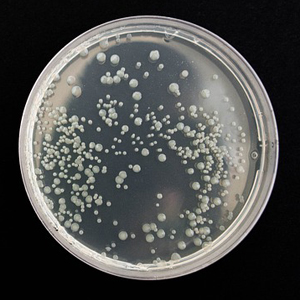Spatial analysis of antimicrobial resistance in the environment. A systematic review

Accepted: 20 March 2023
Supplementary Materials: 124
HTML: 50
All claims expressed in this article are solely those of the authors and do not necessarily represent those of their affiliated organizations, or those of the publisher, the editors and the reviewers. Any product that may be evaluated in this article or claim that may be made by its manufacturer is not guaranteed or endorsed by the publisher.
Authors
Antimicrobial resistance (AMR) is a global major health concern. Spatial analysis is considered an invaluable method in health studies. Therefore, we explored the usage of spatial analysis in Geographic Information Systems (GIS) in studies on AMR in the environment. This systematic review is based on database searches, a content analysis, ranking of the included studies according to the preference ranking organization method for enrichment evaluations (PROMETHEE) and estimation of data points per km2. Initial database searches resulted in 524 records after removal of duplicates. After the last stage of full text screening, 13 greatly heterogeneous articles with diverse study origins, methods and design remained. In the majority of studies, the data density was considerably less than one sampling site per km2 but exceeded 1,000 sites per km2 in one study. The results of the content analysis and ranking showed a variation between studies that primarily used spatial analysis and those that used spatial analysis as a sec ondary method. We identified two distinct groups of GIS methods. The first was focused on sample collection and laboratory testing, with GIS as supporting method. The second group used overlay analysis as the primary method to combine datasets in a map. In one case, both methods were combined. The low number of articles that met our inclusion criteria highlights a research gap. Based on the findings of this study we encourage application of GIS to its full potential in studies of AMR in the environment.
How to Cite

This work is licensed under a Creative Commons Attribution-NonCommercial 4.0 International License.
PAGEPress has chosen to apply the Creative Commons Attribution NonCommercial 4.0 International License (CC BY-NC 4.0) to all manuscripts to be published.

 https://doi.org/10.4081/gh.2023.1168
https://doi.org/10.4081/gh.2023.1168




